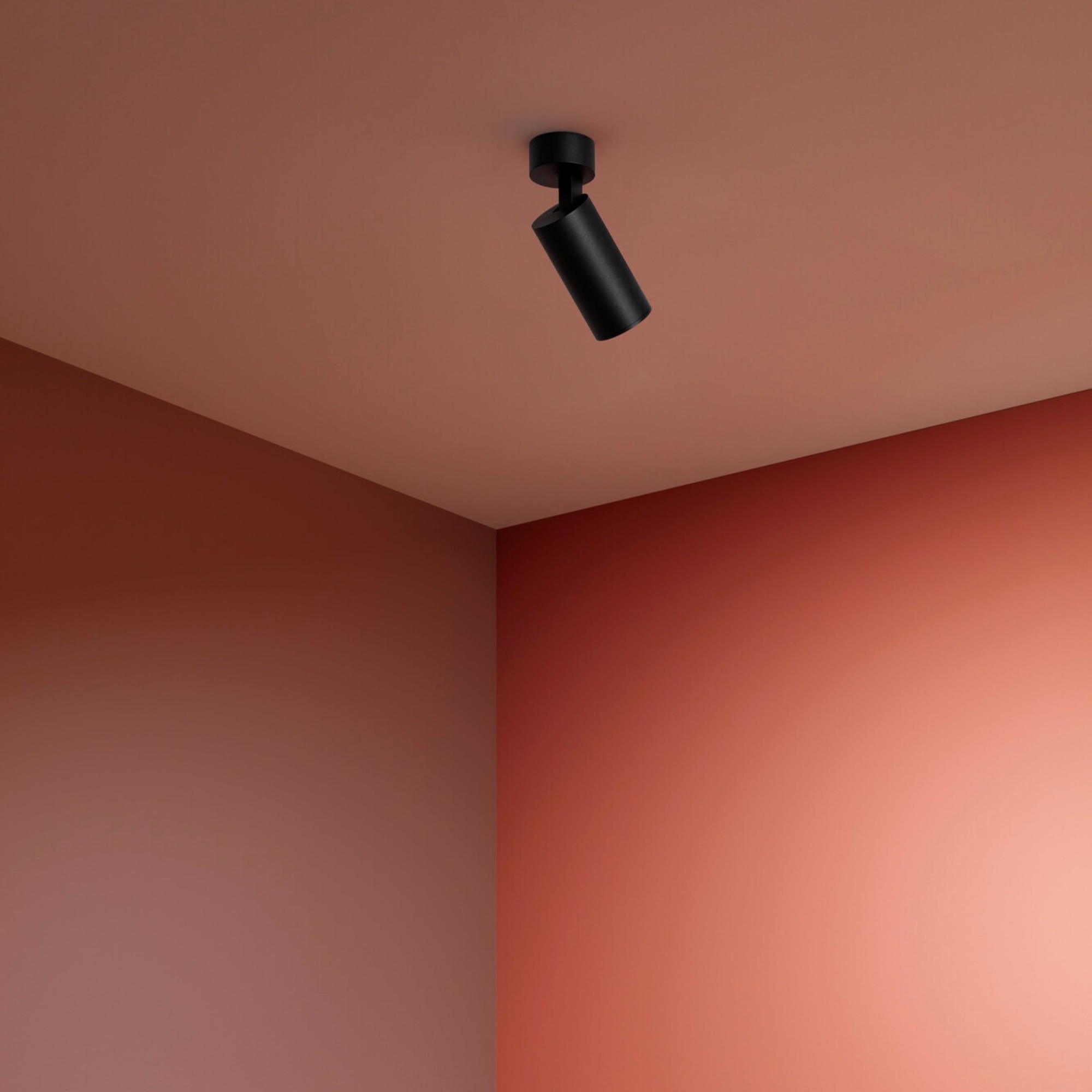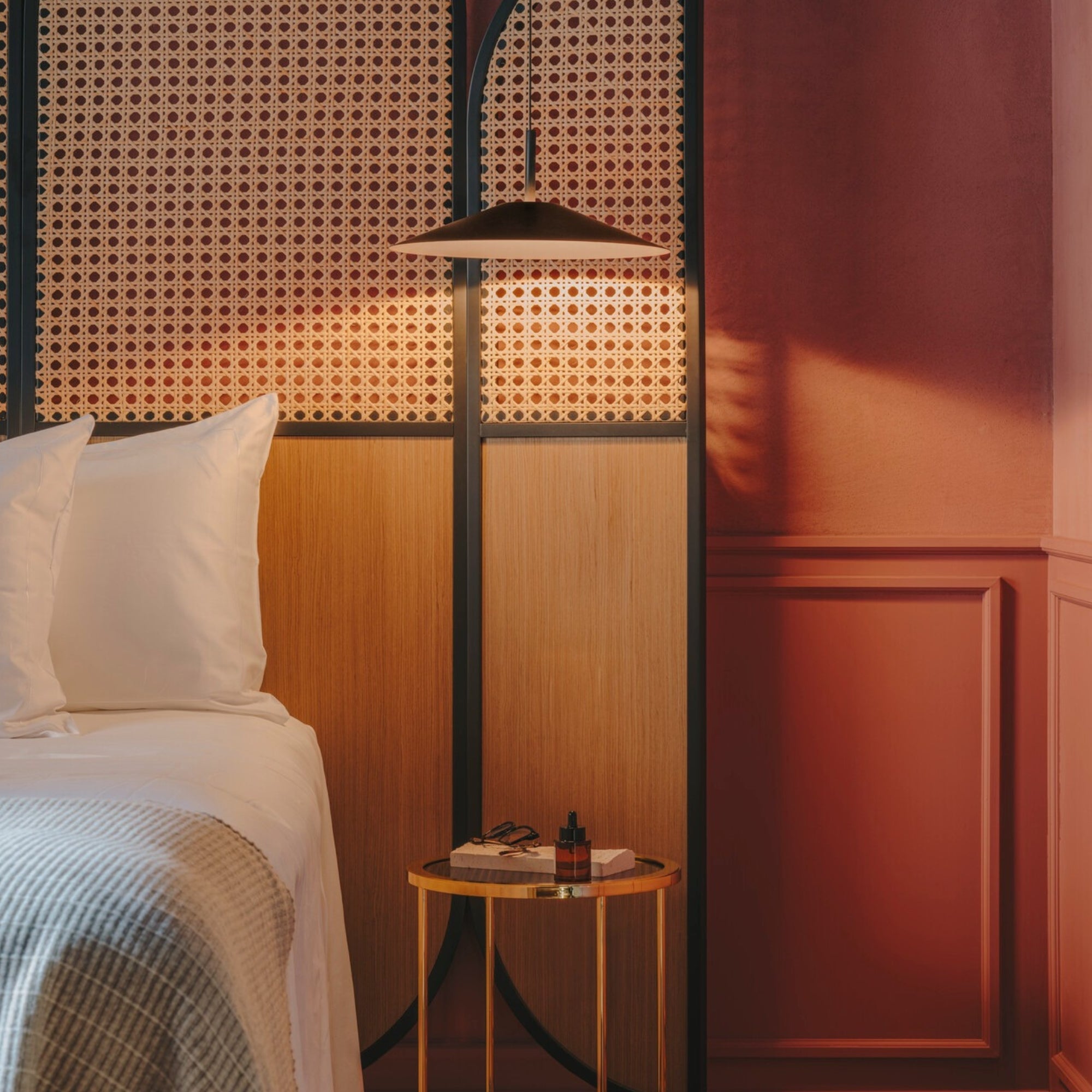Whether you’re looking to fit out your home, business or garden with integrated lights or your integrated light has come to the end of its life, find out everything you need to know about integrated LED lights in this helpful guide.
This guide will answer questions like “Are built-in LED lights replaceable?”, “What is the lifespan of integrated LED lights?” and “What do you do when an integrated LED light goes out?” amongst others, to help you to know what to do next after they reach end-of-life. We will also go through what they are and their pros and cons so you can make an informed decision if considering them for your lighting scheme.
Table of contents:
- What does “integrated LED” mean?
- What is the difference between LED and integrated LED bulbs?
- Are integrated LED lights replaceable, and can you change an integrated LED bulb?
- How long do integrated LED lights last?
- What happens when built-in LED lights burn out?
- Integrated LED lights: pros and cons
What does “integrated LED” mean?
An integrated LED is a lighting fixture with an LED (light-emitting diode) built directly into the fixture’s design rather than having a replaceable bulb.
Most integrated LED lights have compact designs and are usually sleek and modern, popular in modern homes, offices and outdoor areas. They can range from wall lights to ceiling lights and outdoor to bathroom lights. The LED aspect of the light also means you can benefit from a light with a long lifespan and energy-efficient lighting.
What is the difference between LED and integrated LED bulbs?
Don’t confuse LED bulbs with integrated LED lights. LED bulbs are standalone, replaceable bulbs that use LED technology and are designed to fit in a range of light sockets and fixtures.
Conversely, integrated LEDs have LED chips permanently built into the design of the light, and they do not have a “separate bulb” that can be replaced.
Are integrated LED lights replaceable, and can you change an integrated LED bulb?
As mentioned, the answer to the question, “Can an integrated LED be replaced?” is usually no.
Most interior decorative integrated LED lights are not replaceable like traditional light bulbs. This is because the LED chips are permanently built into the fixture, and the design does not allow easy removal or replacement. However, some high-value light fittings, such as Hunza, Luxr, Collingwood, and Orluna, have specialised replaceable LED chips, allowing you to replace the LED in the light fixtures.
In most cases, you must replace the entire integrated LED light fixture if it breaks or reaches end-of-life. However, due to their long lifespan, many integrated LED light fixtures come with warranties and can be replaced by the manufacturer or seller if they stop working within a certain period.
How long do integrated LED lights last?
Integrated LED lights are designed for long-lasting performance. They typically operate between 20,000 and 50,000 hours, or approximately 8 to 20 years, based on an average daily usage of 6 to 8 hours. These figures serve as a general guideline rather than a guaranteed/warranty lifespan.
The actual warranty of the fitting is as stated for each fitting, regardless of use. While the bulbs cannot be replaced, they are unlikely to require frequent maintenance.
Factors affecting lifespan
Like all things, external and internal factors can affect your intergrated LED lights’ lifespan. So be aware of:
- The quality of your components: High-quality integrated LED light fixtures will have efficient drivers and heat dissipation systems, which will help them last longer.
- High-quality brands: In some cases, high-quality brands like Hunza, Luxr, Orluna, and Collingwood have replaceable LED chips that can help extend the lifespan of your integrated light.
- Heat management: Excessive heat can shorten the life of your integrated LED light, so ensure your fixture has adequate ventilation and is properly installed to prolong its life.
- Power fluctuations: Voltage spikes or poor electrical connections can damage LED drivers and shorten their lifespan. So, ensure the rest of your circuit is wired correctly and not overloaded with appliances.
- Location: Integrated LED lights installed indoors typically last longer than outdoor applications as they are not subject to outdoor weather.
- Maintenance: Regular cleaning and maintenance can help prevent overheating and extend the life of your integrated LED light.
When your integrated LED light finally comes to the end of its life, you will need to replace the entire fixture unless you opt for a high-quality brand like Hunza, so make it last as long as possible by:
- Choosing high-quality fixtures from reputable brands with good warranties like the ones at Moonlight Design.
- Ensure proper installation with adequate heat dissipation and within the fixture’s rated power limits.
- Avoid frequent on/off cycles, as excessive cycling can strain the driver.
What happens when built-in LED lights burn out?
So what happens when your built-in LED lights reach the end of their life? Unlike traditional bulbs that “burn out,” LEDs typically experience lumen depreciation. If your lights gradually dim over time, you know it’s time to get a new fitting. If they fail, it is often an issue with the LED driver (the component that regulates power to the LED), overheating, or manufacturing defects.
What happens when an integrated LED light fails?
Because you can’t replace the LED, your options are either to repair or replace them.
If the LED chips fail due to the LED driver or a loose connection, a qualified electrician might be able to replace the faulty component without replacing the entire fixture. However, the entire fixture must be replaced if the LED chips are damaged or old. Always check your warranty. If your integrated LED light fixture fails within the warranty period, the manufacturer may replace it for free.
Lastly, always dispose of your integrated LED fixture properly. Many LED fixtures contain recyclable materials, so check your local recycling guidelines before disposing of them.
Integrated LED lights: Pros and cons
If you’re considering using integrated LED lights in your lighting scheme, whether for indoor or outdoor use or private or professional installation, we’re here to help you make the right decision. We’ve listed all the pros and cons of integrated LED lights to help you find the right lights for your space.
Pros:
- Energy efficient: The LEDs in integrated LED lights use up to 80% less energy than traditional bulbs. Lower energy consumption means reduced electricity bills.
- Long lifespan: LED bulbs are already very long-lasting, but integrated LED lights can last much longer, meaning they can function for years without needing to be replaced.
- Sleek, compact design: The integrated design makes modern, slim, and creative fixture styles less common than those with traditional-shaped bulbs.
- Better light quality: Integrated LED lights give you better control over light distribution, colour temperature, brightness and beam angle when you get dimmable, colour-changing and tunable lighting in certain fixtures.
- Low heat output: LEDs emit less heat than traditional bulbs, making them safer and more efficient.
- Low maintenance: Since the LEDs are built-in and have a long lifespan, they require little maintenance. They may need a light dusting now and again or leaves and debris removed if they are outside.
- Environmentally friendly: LEDs consume less energy and contain no toxic materials (like mercury in CFLs), so they have a smaller environmental impact.
- Advanced features: Integrated LEDs often include smart lighting options, such as app control, colour-changing capabilities, and motion sensors.
Cons:
- Non-replaceable LEDs: As the guide already covers, the biggest drawback of integrated LED lights is that if the driver fails, you will probably need to replace the entire fixture, which can be costly compared to light fixtures with replaceable LED bulbs.
- Higher initial cost: Integrated LED fixtures are often more expensive upfront than fixtures designed for replaceable bulbs.
- Limited flexibility: If the integrated light doesn’t have brightness, temperature or colour-changing properties, you can’t change the bulb to alter this.
- Repair challenges: If an integrated LED light fails, it is sometimes possible to fix it, but repairs can be complex and may require a professional’s help, especially if the issue is with the driver.
- End-of-life waste: Since the entire fixture is discarded when the LEDs fail, it can create more waste than simply replacing a bulb.
- Risk of poor brand quality: Poorly made integrated LED fixtures may not meet their promised lifespan, especially if the manufacturer cuts corners on heat management or component quality.
Integrated lights at Moonlight Design
In summary, integrated LED lights offer a sleek, modern lighting option for your home, business, or outdoor space. However, in most cases, you cannot replace the light source inside when it reaches the end of its life.
So, choose an integrated LED light fixture for a long-lasting, energy-efficient, sleek lighting scheme solution with minimal maintenance. But, if you prefer replaceable bulbs for flexibility or are concerned about the cost of replacement light fixtures, stick to traditional fittings, where you can choose and replace the LED bulb.
Discover indoor and outdoor integrated lights at Moonlight Design today and benefit from long-lasting, modern lights for your lighting scheme.



Leave a comment
This site is protected by hCaptcha and the hCaptcha Privacy Policy and Terms of Service apply.